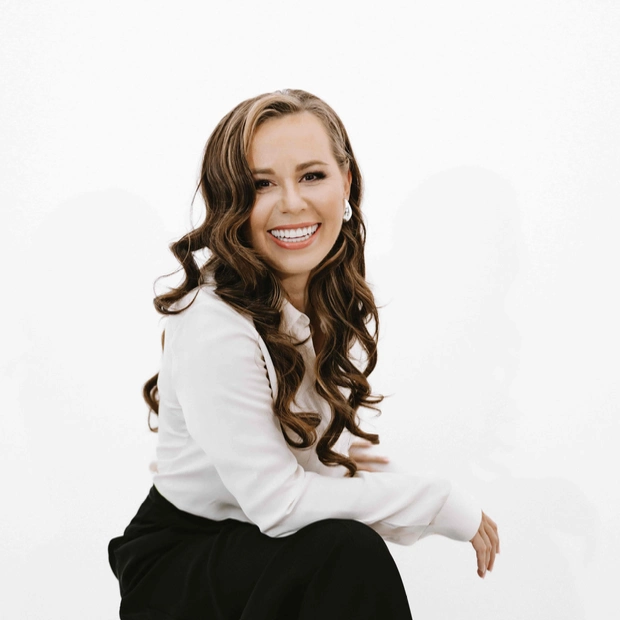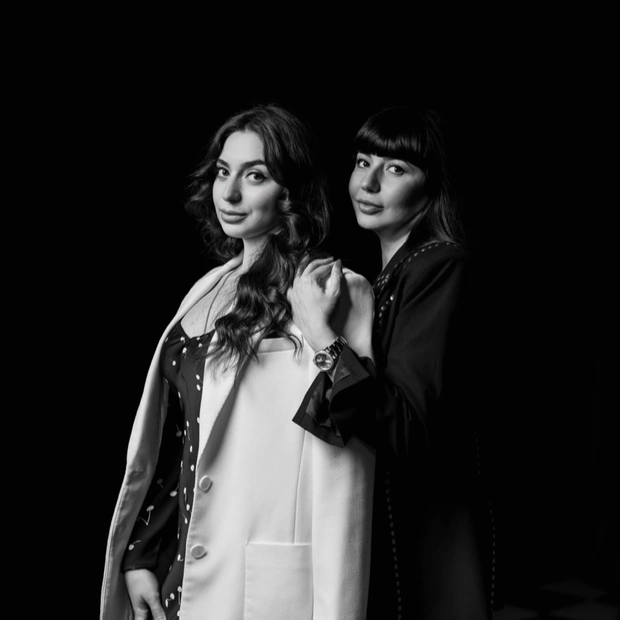Geographically speaking, Japan is the most east-ern country. Of all the Asian countries, though, it can perhaps be called the most "western", in its way of thinking and standard of living. At the same time, Japanese culture is extremely patriotic it’s to be expected that the citizens there are proud of their heritage. It is most likely only through such a contradiction in society that one can develop a subtle sense for the bound-aries according to which one culture ends and another begins. And perhaps to understand, in the future, that these borders have long been shrouded, and it may be impossible to create a common cultural cartography. Art Director at Tokyo’s Museum of Modern Art and Curator of the 7th Moscow International Biennale of Contemporary Art: Clouds Forests, Yuko Hasegawa shares her thoughts on how the art of today is fusing the local with the global.
In the modern world, the bipolar division of art between the West and the East has already become obsolete. Today, it makes more sense to talk about a holistic space with indefinite boundaries, in which there is interaction between different cultures, and this interaction isn’t limited only to matters of West and East, but develops simultaneously in all directions. The concept of culture, in which there are no national boundaries, has existed for a very long time. In the practice of cultural exchange, many things were discovered long before Europe entered the arena. Europe only seriously manifested itself in the 16th century, but the centres of cultural attraction existed before that and were already firmly in place elsewhere. I want to encourage people to reconsider the grounds that allow us to define culture as something that is either leading or catching up, to shake the established idea of supposed centres and peripheries. And, most importantly, those cultures that seem to be in between, on the border, balancing between the two poles, which themselves are mere human invention I want to put them at the top.
There doesn’t exist one big cultural cartography. I came to understand this clearly when I was working at the Biennale in Sharjah, the cultural capital of the UAE. If you were to draw a cultural map from there and Sharjah actually is the region’s major cultural centre, in terms of diversity, so it therefore has its own ideas about them Sharjah, as it turns out, inadvertently becomes its centre as well, because it’s also serving as the point of view for the one drawing. Everything you draw is going to be subjective. If you draw it when you’re in Tokyo, or in Moscow, the map’s appearance will change, because the point of view will change. I think, therefore, that there are a great many examples of cultural cartography it all depends on which side you’re looking at. And the most interesting thing about this is that there aren’t only two sides, as many people used to think.
Today, the division of culture into western and eastern has been dispelled. Think about it like this: we can be talking about Tokyo as the east, and we can also be talking about the east of the Alps, or about some eastern parts of Russia. All of these things are different senses of the East. The arbitrary East, East, and East would all need to meet up and conduct a cultural exchange, if they actually wanted to understand each other. And, considering the modern situation in the world, one can’t help but agree that our future depends on understanding each other.
We’re living in a unique age. People are rapidly developing higher forms of technology new communication platforms are emerging, making it possible to meet people and generate cultural exchange with increasing efficiency. At the same time, traditional communication hasn’t died out. We’re witnessing a striking period of syncretism, which naturally leaves its mark on contemporary art.
The concept of the Clouds Forests Biennale, which relates directly to my vision of contemporary art, reflects its metaphorical name. In this case, the "Cloud" refers to cloud space, which largest means the Internet, its contents, and the people who communicate through this network. The "Forest" is something primary, something that has always existed around us, connected to manual labor and traditions. If the "cloud" is something global, then the "forest" is more connected with what is local. My idea is to show the relationship between the "forest" and the "cloud" and the dialogue between them. When the Internet was invented and since that time, more than thirty years have passed a new social ecology emerged, complemented by the modern ecosystem. The emergence of cloud spaces influenced art. The essence of the Biennale is to show how they can coexist, how they can create new sensations and new types of perception, how they form a new media reality and join together to become a kind of future. And how they interact with the "forest." I received support from artists from twenty-four countries. Among them, true, there are more on the "forest" side than the "cloud" side, but there are also those who try to combine the traditional and the innovative. This approach shows that the "forest" and "cloud" can communicate and, more importantly, cooperate. I think that that is what’s really essential.
Imagine you were born in and live in a small village. You have a particular occupation say, for example, that you're an artisan who creates works of decorative and applied art. The "forest" clay cup you fashioned is unique. But there are works in the world that are much better appreciated, and the Internet allows you to find out what they are and why they are valuable. You creat-ed something out of clay: but what is it? What makes it unique? Answers to these questions contribute to the "cloud" aspect. Within it, you may find something that looks like your creation or something that's totally fundamentally different from it. Comparing what you have created with other works of art, you will understand what exactly you have in your hands. This is an extremely important process. In addition, the "cloud" allows you to hear other people's opinions. Suppose you posted a photo of your work on Instagram. One person will say, "Oh, this is great!" Another will react with, "No, I don't like that." All of this means that a simple clay cup, fashioned by an unknown artisan in a small village somewhere, is capable of making people think about it, which is precisely what the creator was hoping to achieve. That's why it's so important to invest in your work yourself, to make it a reflection of your beliefs and faith.
We're still continuing to determine the nature of art. If it was once perceived as something completely special, accessible only to certain people, then, combining historical and aesthetic contexts, art today is more the dynamic act of uniting many different spheres of human life: science, politics, spiritual life, and so on. Art unites them within it and begins to act as a kind of driving force. People are also affected by the growing influence of this force: as they begin to communicate more often through their own visual impressions, they turn to this visual language more and more as a general form of communication. So art builds a bridge across all the spheres of our lives. This is the challenge of art it is a means of influencing a person.
It's important to understand this: art alone cannot change the world. It is capable of influencing people's minds, both at the psychological level and at the aesthetic level, and sometimes even at the level of perception. And so, it can only indirectly have an impact on what’s going on in the world. Any person of art who produces something not necessarily an artist, per se should be thinking about compelling people to think. That, in my opinion, is the primary task: getting people to think, in order to inspire them to action.
I'm like the chef in a kitchen. When I receive an invitation to go work somewhere, I just head over to the country where they’re expecting me, and I cook. First, I look at the local culture all of its ingredients, so to speak and at how the people in this country think. I gather everything I’m going to be needing together in one place and get ready to start cooking. I make sure not to forget to invite the best chefs in the world to come cook with me, wanting to attract more attention to our dishes. Many people like to eat. Sure, if we make something bitter, people will turn their noses and leave; but if they like it, they’ll happily stay. That's all. Their reaction makes them happy. Once they’ve eaten what we prepared, the whole process becomes a new passion of theirs; the meal sticks in their memory. There’s no question they’ll be coming back for more. Modern art it’s perpetual exchange, it’s movement, it’s rethinking, and it’s the permanent creation of new communication. This is my recipe.






